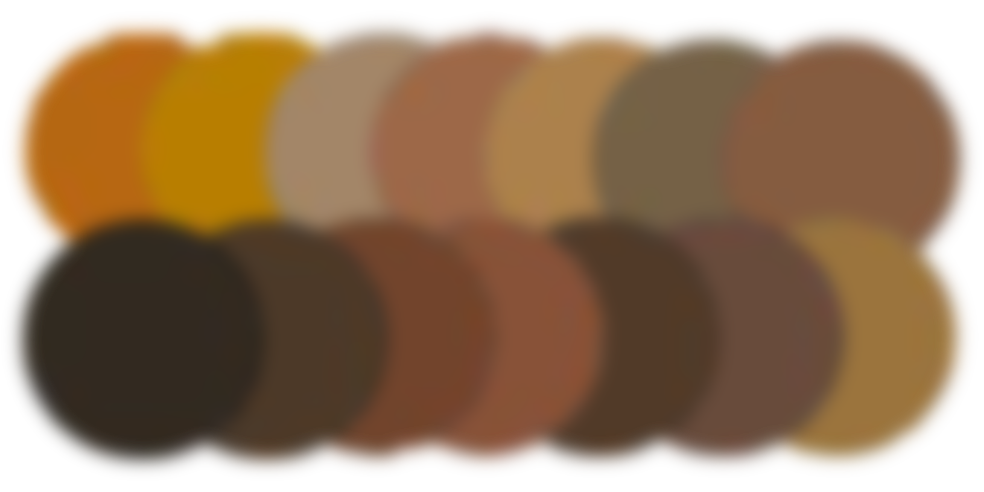Microblading eyebrows adds color, definition, and fullness to your brows and it is important to choose the optimal microblading pigment. Microblading is commonly used to correct problems like thinning or over-plucked brows and is a contemporary solution to eyebrow tattooing. However, it is also a practical option for people who don’t want to deal with the hassle of filling in or shaping eyebrows on a daily basis. As with hair and nails, you can choose any color or pigment to make your brows as subtle or dramatic in appearance as you wish.
The Fitzpatrick Scale
One of the most popular methods of selecting the right eyebrow color is the Fitzpatrick scale. This chart uses a combination of skin color, hair color, and eye color to determine the best shade for your microblading pigment. These features then determine what skin type you have (ranging from type one, the lightest, to type six, the darkest).
Type One
- Light skin
- Red hair
- Green eyes
Type Two
- Light skin
- Blond hair
- Blue eyes
Type Three
- Medium skin
- Brown hair
- Brown eyes
Type Four
- Medium-dark skin
- Brown-black hair
- Brown-black eyes
Type Five
- Dark skin
- Black hair
- Black eyes
Type Six
- Black skin
- Black hair
- Black eyes
Using this color chart, your personal preferences, and the natural shade of your existing eyebrows, a microblading artist selects an ideal color match.
Color Palettes
Color for eyebrow microblading pigment can also be determined based on the warmth (tone) of a client’s skin. The three main categories are: pale and rosy, olive and tan, or deep-hued and dark.
Depending on these warmth levels, your ideal eyebrow color can be determined by a color palette. They are essentially divided between light, medium, and dark skin types.
Cool Palette
The cool palette contains eyebrow colors that are ideal for people with fair skin and rosy complexions. The colors in this palette can have subtle ash-grey or even green to ultramarine blue undertones. However, they don’t contain any red pigmentation. Once applied, the undertones in your skin will affect the color of the brows. Colors in a cool palette look soft blonde or light brown once applied.
Neutral Palette
Colors in the neutral palette can still be used for people with fair skin. However, they are better for individuals who have darker undertones (such as blue and brown). The colors in the neutral range contain some red pigmentation. The red undertones, such as alizarin crimson or cadmium red, blend nicely with darker fair skin, but they are too pronounced on the fairest skin tones.
Warm Palette
Eyebrow colors in this category are reserved for people who have darker skin with either olive, umber color, or chocolate-colored undertones. Many people with brown and black hair fall into this category. Skin that tans easily tends to also be a good candidate for eyebrow shades in this range.
Keep in mind that while your eyebrow color can generally be matched to your skin tone, eye color, and hair color, it can also be determined by the end result that you want. For instance, a more solid brow design might use colors in the neutral or warm palette range. But if you want lighter individual hair strokes, a microblading artist might choose a color in the cool palette range instead.
Before you go ahead with any microblading, your practitioner will do a match test to make sure the color is one that you want. Also, be aware that it takes eyebrows about 25-30 days to heal from microblading. They will look different virtually every day. Newly bladed brows are darker to start, but they gradually lighten as they heal. You may need one or two sessions to get perfect end results and the best microblading pigment.

